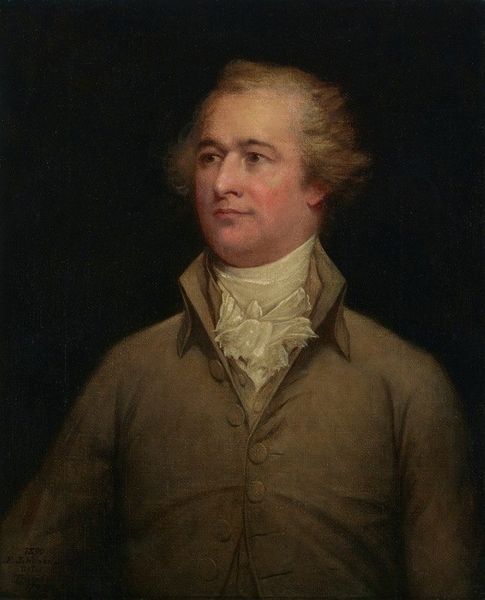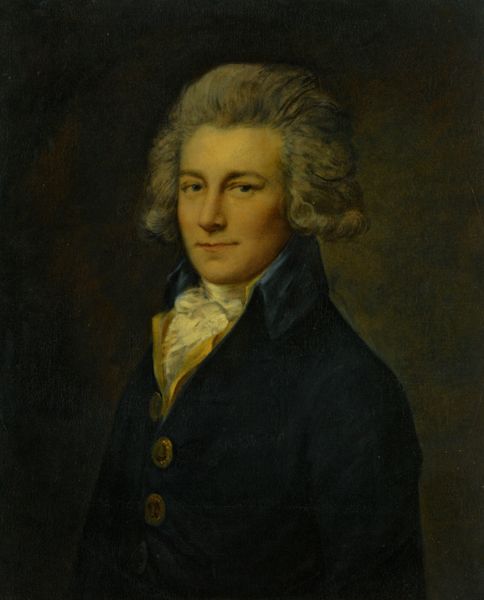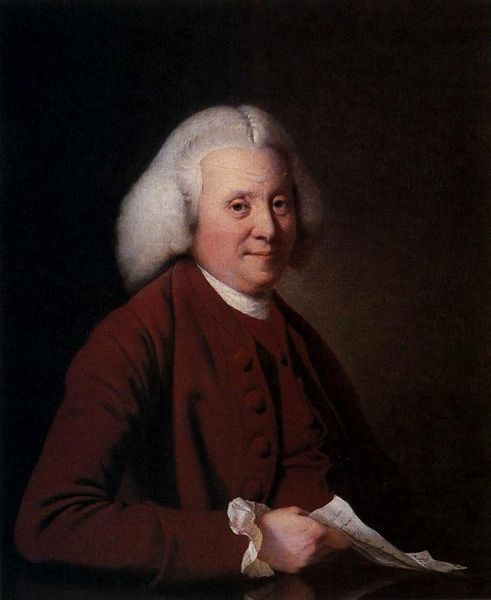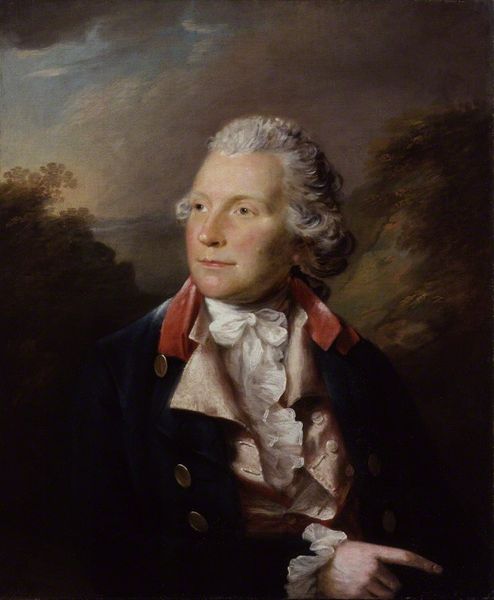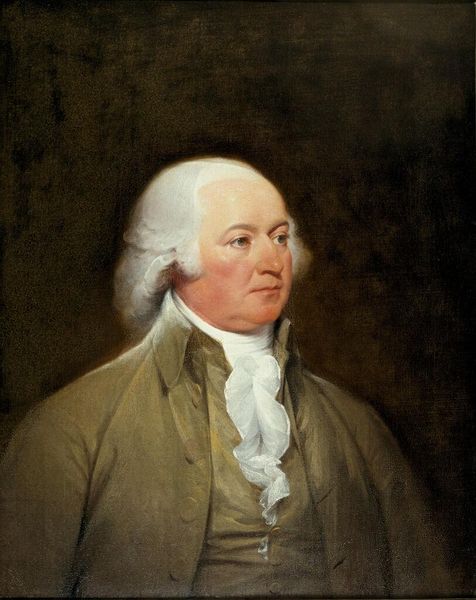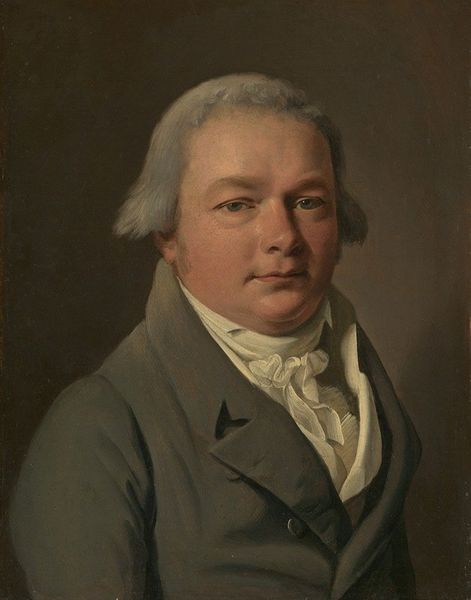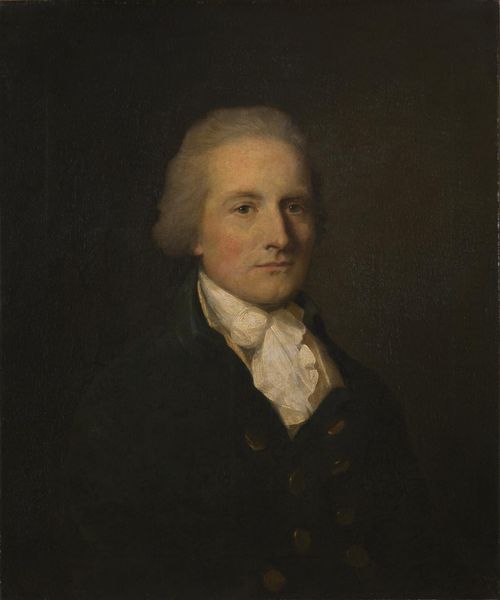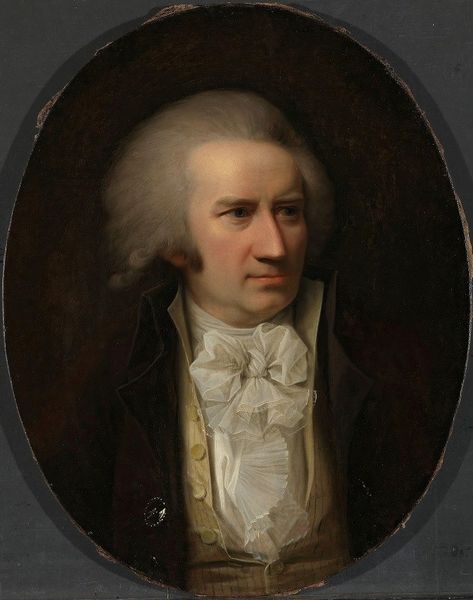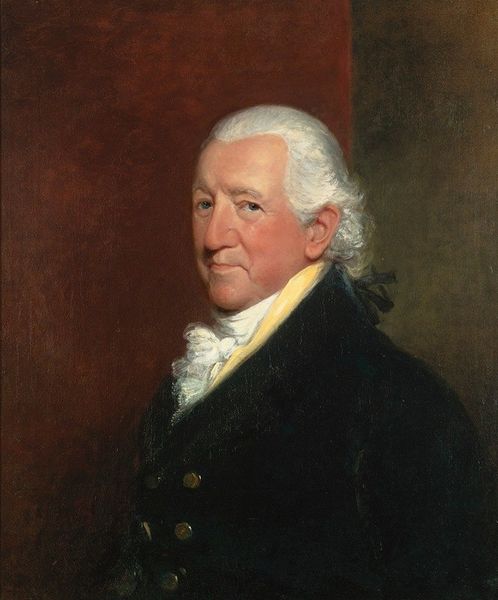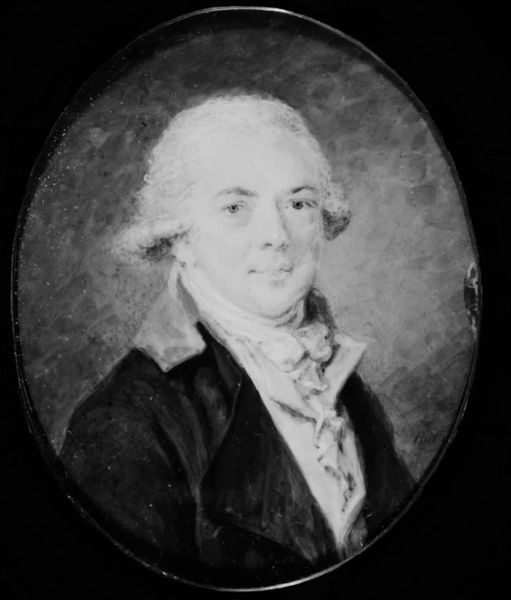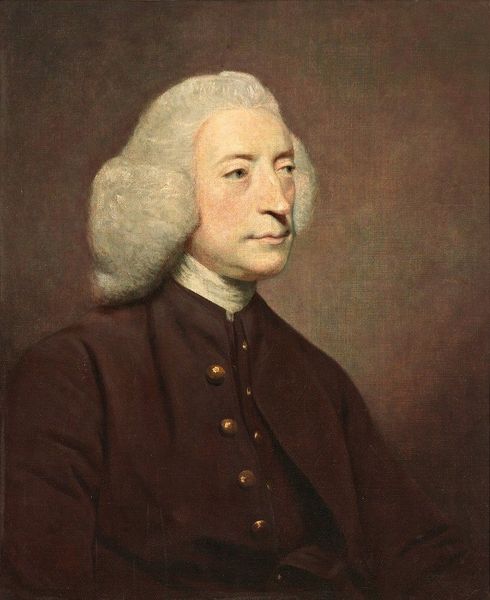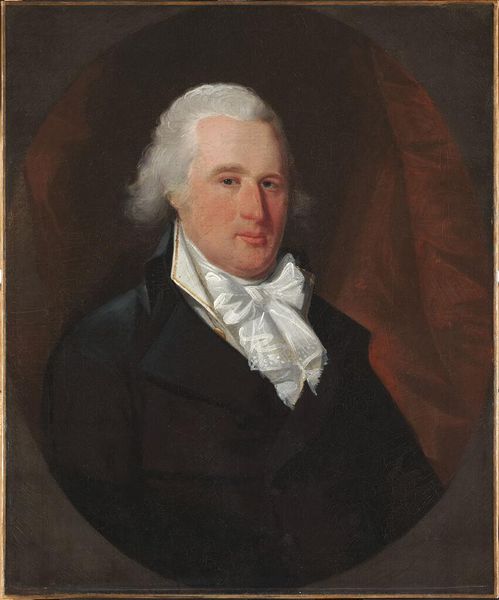
painting, oil-paint
#
portrait
#
figurative
#
neoclacissism
#
painting
#
oil-paint
#
history-painting
#
academic-art
Copyright: Public Domain: Artvee
Curator: We’re standing before John Trumbull, an oil painting dating back to 1793, the artist of the same name, portraying what appears to be a figure of some consequence. Editor: My initial impression is one of subtle reserve. The palette is muted, the composition quite classical in its balance, and the figure exudes an air of contained composure. Curator: Indeed, Trumbull was a key figure in the development of American Neoclassical painting. He trained with Benjamin West in London. Here, observe how Trumbull constructs a dignified persona through pose and light. The planes of the face, and the cascading light seem to suggest seriousness, and an overall sensibility reflective of enlightenment thought. Editor: Right. Considering the painting's history, we can interpret the subject's demeanor as embodying the ideals of the new republic – a controlled, intellectual leadership, divorced from aristocratic excess, reflected in the details. The simple deep-red coat is indicative of this rejection of excess and embrace of republican values. Also, notice how his hands gently hold the book. They speak volumes about the role of intellectualism within leadership. Curator: Yes, there is certainly the sense that Trumbull is not merely depicting a likeness, but constructing a symbolic representation. The artist strategically used light and the turn of the body to suggest motion and direction, imbuing the figure with that important sensibility of progress and development. Note the careful placement of highlights—around the face. This leads the eye directly to his expression of authority. Editor: I'd say the fact that Trumbull painted it in 1793 places it squarely within the burgeoning national narrative. It's an image deliberately crafting a lineage and projecting values deemed essential for the young nation’s leaders and public figures. Curator: Precisely. Considering its historical context, the painting, at the end of the eighteenth century, stands not only as a representation but as a carefully considered symbol embedded in the historical record. Editor: Ultimately, it is not just the portrait of a man; it's a portrait of an idea—of the very idea of American leadership in its formative years. A snapshot of how the artist understood the project of building and cultivating an American elite. Curator: Well observed! A valuable way to understand not only the person represented in the painting but the context in which it came to be.
Comments
No comments
Be the first to comment and join the conversation on the ultimate creative platform.
